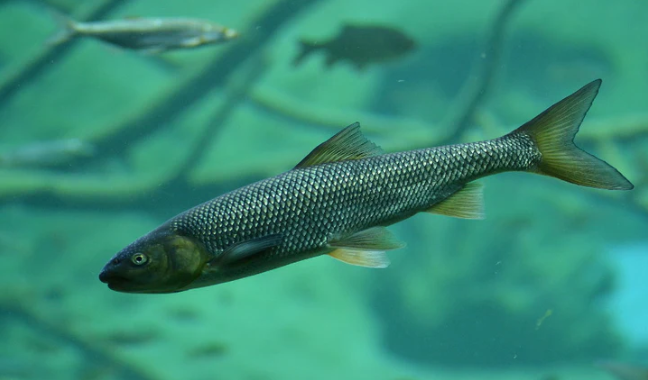The Best Fish Breeds That Will Survive Winter in Outdoor Ponds
- Posted on

A pond can be a stunning backyard feature, especially with graceful fish gliding through the water, nibbling delicately at plants and even interacting with visitors. If your pond may freeze over in winter, however, which fish breeds can survive that cold snap?
Fish Breeds for Winter Ponds
While ponds in regions with only mildly cool winters can be filled with nearly any kind of fish without difficulty, areas that are subject to bitter cold, copious snow and thick ice have fewer options. That does not mean, however, that your cold weather pond can't be stocked with a variety of interesting fish. Different types of fish that are hardier in winter ponds include…
- Archerfish
- Bluegills
- Fathead Minnows
- Golden Rainbow Trout
- Goldfish
- Koi
- Pumpkinseeds
- Redears
- Rosy Red Minnows
- Sterlets
- Sticklebacks
The exact fish that will thrive best in your winter pond will depend on a number of factors, including your pond size and condition, the water depth and the severity of your winters. How well you winterize your pond and what steps you take to protect it from the worst of winter weather can also be crucial for how well different fish survive freezing conditions. If you plan to stock your pond with fish and hope to have them survive the winter, be aware that if your pond freezes solid from top to bottom, no fish will survive, no matter how cold-weather hardy they may be or how well you have winterized the pond.
More Winter Pond Tips
To give your cold-hardy fish the best chances of survival through the winter…
- Opt for a Larger, More Stable Pond
The deeper your pond, the more likely it is that it will not freeze all the way to the bottom and your fish will have room to hibernate through the winter. The entire pond does not need to be deep, but at least one side or section should be 24-36 inches deep or even more if your landscape permits. Larger ponds will also have much higher water volumes to minimize temperature shock during seasonal transitions. - Winterize Your Pond Appropriately
Take all the necessary steps to winterize your pond so fish can be healthy and safe through the coldest part of the year. This may include proper fall cleaning and ensuring there will be adequate ventilation and aeration during the winter months. Remove debris from the pond, including fallen leaves, dead aquatic plants and other detritus that can rot and introduce toxic gasses to the water. If necessary, consider heaters or other winterizing equipment to keep the pond viable as winter progresses. - Don't Overfeed in Fall
As fish enter their dormant cycle in the fall, be sure you adjust their food accordingly to minimize waste and feces. First, transition to a low-waste autumn food, then slow the feeding schedule, eventually stopping feeding altogether as the fish go dormant. If there is a lot of excrement or excess food left in the water as the temperature drops and the surface begins to freeze, that food will rot and generate gasses that are toxic to the fish. Without an open surface to freshen the water, the fish will slowly suffocate over the winter.
Even with the best preparations to protect the hardiest fish, some losses are to be expected over the winter, especially if the season is unexpectedly harsh or long. With proper care, however, many of your cold-hardy fish will easily survive the winter and return to their thriving activity in spring, bringing your pond to life again.
